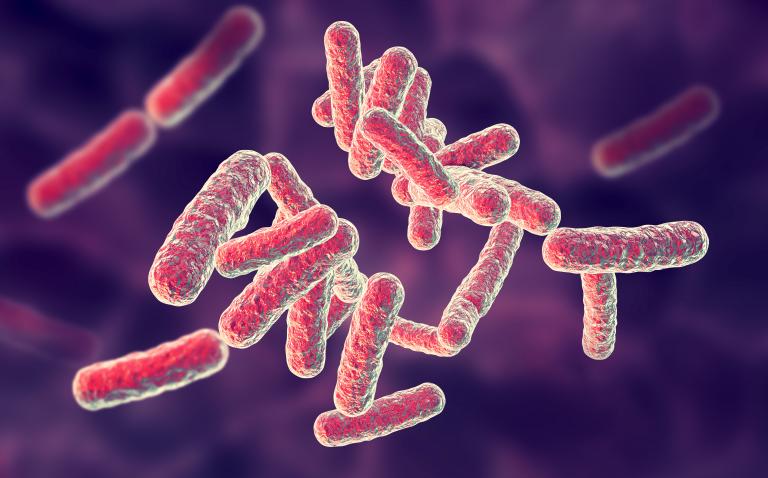A study in the journal Clinical Gastroenterology and Hepatology, the largest faecal microbiota transplant (FMT) study in children to date, found it both safe and effective and also identifies predictors of success.
Diarrhoeal disease from C. difficile on the rise among children. One population-based study found a 12.5-fold increase in incidence from 1991 to 2009. For reasons that aren’t clear, C. difficile is more frequently striking children without such risk factors as hospitalisation or antibiotic exposure.
“Our results are quite exciting, given that recurrent C. diff is debilitating and increasing in children, not just those with known risk factors but previously healthy children as well,” says gastroenterologist Stacy A. Kahn, MD, at Boston Children’s Hospital. Kahn led the study with Maribeth Nicholson, MD, MPH, at Vanderbilt University Medical Center and Richard Kellermayer, MD, PhD at Texas Children’s Hospital.
The team retrospectively studied 372 patients with C. difficile, age 11 months to 23 years, who had FMT at one of 18 paediatric centres across the United States. FMT was administered in various ways, including colonoscopy, nasogastric tube, frozen capsules, or enemas.
Two-month outcomes were available for 335 patients. Of these, 81% had no recurrence of C. difficile infection after a single treatment. Some of the remaining patients had a second round of FMT; about half of them saw no C. difficile recurrence, increasing the overall success rate to 87%.
Success was 2.7 times more likely when FMT came in the form of fresh versus previously frozen stool, and 2.4 times more likely when patients received the stool via colonoscopy versus other methods. Patients without a feeding tube (itself considered a risk factor for C. difficile) were twice as likely to respond, and those with one fewer prior C. difficile infection had a 20 percent greater chance of success. Age did not appear to be factor.
FMT was also more likely to succeed in patients treated more recently, perhaps because of tighter protocols around donor selection and treatment.
“The success rates we found are similar to what is seen in adults, but seem to be associated with fewer complications,” says Kahn. “We don’t understand why colonoscopic delivery, fresh stool and more recent FMT treatment were associated with higher success rates. These questions provide the foundation for future FMT research in children.”
As for safety, 6% of the patients had FMT-related adverse events; most were mild and included diarrhoea, vomiting, and bloating. Of the roughly one-third of patients who also had inflammatory bowel disease, 2.5% had a severe flare of their illness requiring them to be hospitalised. But it wasn’t clear that had anything to do with the FMT.
Kahn notes that the study was limited by its retrospective design and relatively short period of follow-up. “We are using the data to help design future prospective, controlled studies,” she says. “We also need longitudinal studies to investigate the long-term impact and safety of transplanting the microbiome from one person to another. A lot more questions need to be answered.”
The group is also studying FMT for children with other forms of colitis, such as inflammatory bowel disease.
“We want to tap into the therapeutic potential of FMT and begin to understand how we can use and manipulate the microbiome to treat diseases other than C. diff,” Kahn says.










